Word Count: 1,017
Average Read Time: 3 minutes 42 seconds
“This past week has really been the first time since I started the program that I just wanted to give up. I am so frustrated and I felt like I was working out so hard and was getting no where“, said Leah. Imagine staring at the body weights you've logged in your notebook and throwing your hands up in frustration when the number just won't go down.
Have you ever felt this way before? Has your progress stalled on your workout and diet program? Have you been so frustrated that you wanted to give up? How did you handle it? Did you eat even less and work even harder?
Put yourself in my shoes for a moment. What changes do you think I made to her program to address this? Do you think I cut her Calories? Did I tell her to do more cardio? What if I told you I did neither? In fact, what if I told you I did the opposite?
I actually told her to raise her calorie intake and cut back a bit on cardio for a week. Surprised? Keep reading to find out why this fixed her problem and how you can easily use the same strategy.
As a quick note before moving on, body weight will not go down every single day when on a diet. The scale not moving for a few days does not mean you’ve stalled. In fact, it’s not a weight loss stall unless you’ve been the same weight for at least two weeks. (Click here to learn more about that.)
How Metabolism Works
When you start a diet, you start eating fewer Calories. Because you’re eating fewer Calories than you’re burning, your body has to burn stored body fat to fuel your activity and you start losing weight. Everyone pretty much understands that part. The part that confuses most people is how your body reacts to this weight loss.
The thing you must keep in mind is that the body’s primary goal is immediate survival. If you’re losing weight, your body doesn’t understand you’re doing it on purpose. It thinks there’s a famine. In order to protect you from starvation, it starts slowing down your metabolism to prevent you from losing any more weight.
After a long period of dieting, your metabolism will most likely slow down to the point that you’re burning the same amount of Calories as you’re eating. When this happens, weight loss stops.
(Graphs are simplified for ease of explanation.)
When weight loss stops, you have four options:
1) Give up.
We’ll cover the worst case scenario first. You already know this option is a bad idea, but it could be even worse than you thought. If you quit working out and go back to how you were eating before, it’s obvious you’re going to regain the weight you lost.
The thing you might not have known is you may actually end up heavier than when you started! Remember, your metabolism is now slower because of the diet, meaning your body is primed and ready to regain the weight you lost, plus some. This is to protect you in the event of another “famine”.
(Don’t worry. It’s not all gloom and doom. I promise things are going to get better. Just keep reading.)
Survey
2) Do nothing.
You also already know this is a bad idea. You’re eating a lot less food. You’re putting in work at the gym. You aren’t losing weight. If you do nothing, you’ll eventually end up giving up, which will put you in the same scenario we just talked about.
3) Work harder.
This is probably the option you’ve already tried. “Just keep pushing and I’ll eventually get there”, you say as you walk endlessly on the StairMaster. You certainly can add cardio and cut more Calories.
That actually may be the solution in many cases, but you can only cut Calories so far before you’re eating a dangerously small amount of food each day and you can only add so much cardio before you run out of free time. Continuing down this road for long periods is unsustainable and will eventually leave you giving up… again.
4) Take a diet break.
Taking a break from your diet may sound counterproductive, but it may just be the best way to start seeing weight loss again and it’s exactly what I had Leah do.
Diet breaks are simple. Basically, all you do is add Calories back into your diet and cut cardio in half. The exact number of Calories that need to be added will vary from person-to-person, but a good rule of thumb is to add 25%.
To do this, simply multiply your current Calorie intake by 1.25. For example, 1200 * 1.25 = 1500. Stay at this same Calorie intake and same amount of cardio for 1 - 2 weeks.
This allows your body time to recover from the diet and realize there isn’t a famine. During this time, your metabolism should start to speed back up. When the diet break is over, you can lower your Calories back down again and your weight loss should resume.
Takeaway
I know adding Calories when you’re wanting to lose weight can be scary, but it’s worth it. For most people, hitting a weight loss stall is the end of their weight loss journey. For Leah, using the diet break approach, it was the start of losing another 15 pounds and counting!
Thank you so much for reading! If you found this information helpful and want to help the Treadaway Training blogcast grow, simply share this post with a friend. If you like what I have to say, sign up below to become a Treadaway Training insider or check out my YouTube channel. I will be back here Saturday with another fat loss topic. As always, God bless you AND your family and I'll see you Saturday.











